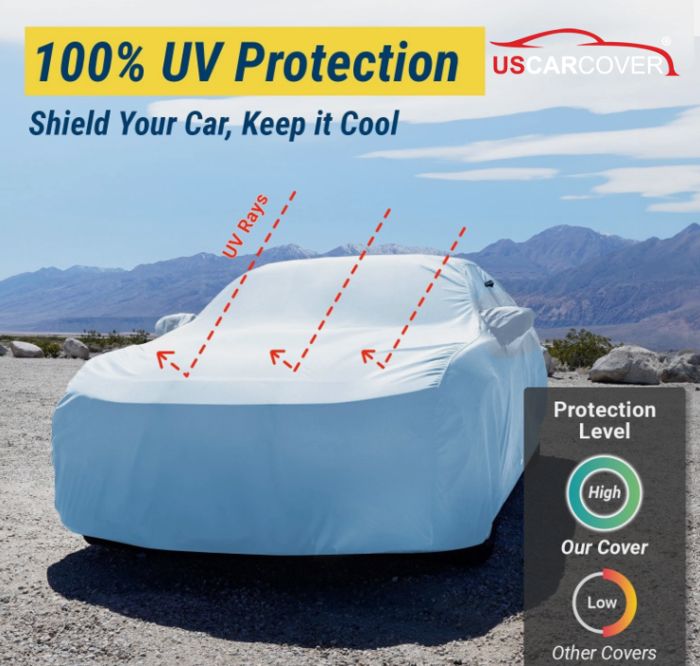
Genesis car cover is not just a sheet you throw over the car to avoid sun and rain. For Genesis owners in the United States, where weather shifts quickly and parking ranges from driveways and office lots to beaches and the Snow Belt, a car cover is a proactive habit that keeps the vehicle’s elegance and day-to-day performance intact over the years. The pain points are very ordinary: park under trees for a few hours and dust, pollen, sand, and leaves settle everywhere, a light drag marks the deep gloss or the delicate matte finish; park at noon in the Sun Belt and a furnace blast greets you, Nappa leather dries out and premium wood trim fades; days of heavy rain or overnight snow leave trapped moisture and mineral spotting if you cover the wrong way. This article follows the title closely and explains in detail why a proper Genesis car cover can solve the combined pains of dust, leaves, UV, and heavy rain, turning covering from “bulky and annoying” into a “quick, light daily motion,” and thereby truly extending your car’s life.
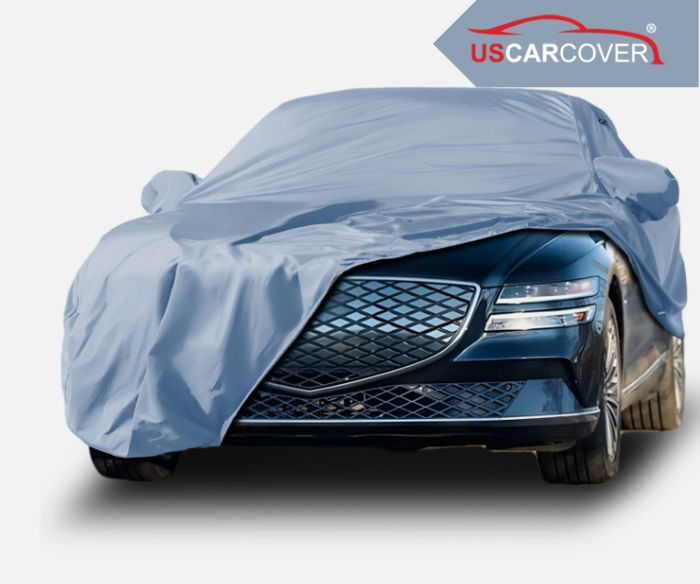
Related Articles: Freightliner car cover: convenient and durable, snow resistant, UV resistant, rain resistant, effective tractor protection
A quick overview: why Genesis needs a “right-mechanism” car cover
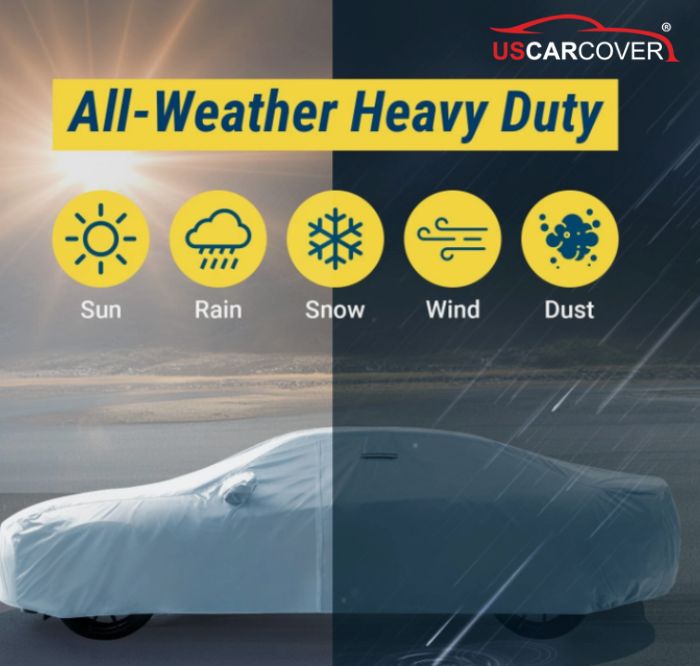
The strengths of Genesis lie in refined aesthetics and premium materials: deep-gloss paint or optional matte finishes, Nappa leather interiors, genuine wood trim, tasteful chrome and matte-black plastics, plus flowing body lines that make light dance beautifully across panels. Cabins often include panoramic roofs, with multiple ADAS cameras and sensors around the windshield, mirrors, and grille. These highlights come with higher care demands because they reveal flaws honestly under harsh sun: a handful of micro swirls are visible at a glance, Nappa leather dries and tones down if heat exposure repeats, wood trim can dull and haze if UV goes unchecked. Outdoors, fallen leaves, tree sap, bird droppings, urban fine dust, and desert sand are silent enemies of paint and panoramic glass.
A Genesis car tarp therefore cannot be merely “thick and sealed.” The correct approach is breathability so vapor escapes rather than getting trapped, an ultra soft liner that is safe for gloss and matte paint alike, custom fit to eliminate wind-driven movement, UV reflectivity, and water beading so rain slides off rather than acting like plastic film. When these elements work together, the cover becomes the first “immune system” between your Genesis and the environment.
Related Articles: Compact and durable, rain resistant, strong UV protection, effective cabin cooling
Dust, sand, leaves: why they scratch so easily and how the right cover handles them
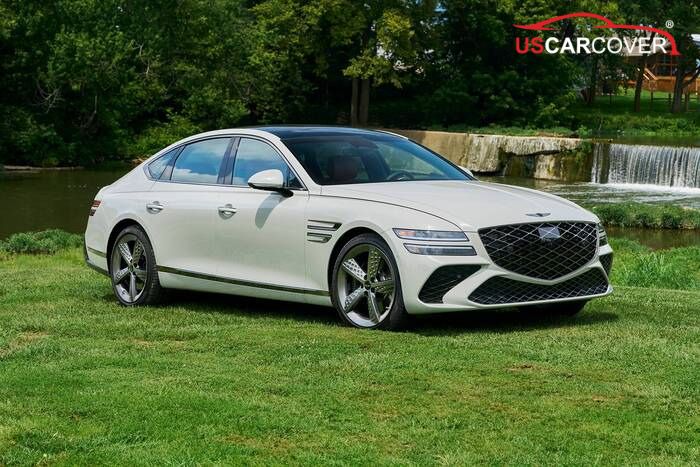
Most of us brush leaves and dust off the hood before driving, but few realize those tiny hard particles, combined with dragging a dry cloth or fabric, are the source of fine micro swirls on paint and glass. On a Genesis deep-gloss finish, swirls appear quickly; on matte paint, the wrong rubbing can create uneven “bright patches” that are difficult to correct. Leaves contain sap and micro minerals. If they are pressed between the cover and paint while wind pumps the fabric, repetitive friction worsens marks. Pollen and urban fine dust sit like powder, waiting for a sideways pull to “sign” the clear coat.
A soft-lined car cover cuts friction at its root. A microfiber or quality fleece liner that does not bleed dye and does not stiffen over time sits gently on surfaces without turning contact into abrasive rubbing. But “soft” is not enough if the entire cover is not truly fitted. Wind slipping into an oversized generic cover creates hollow pockets, the fabric flutters, and trapped grit gets dragged. That is why a custom fit Genesis car cover with mirror pockets in the correct locations, elastic hems that hug the edges, a proper tail drop, and underbody straps is the frame that makes the cover “stay put.” Once excess movement is eliminated, the soft liner actually works, and dust and leaf debris lose their chance to be rubbed over the paint.
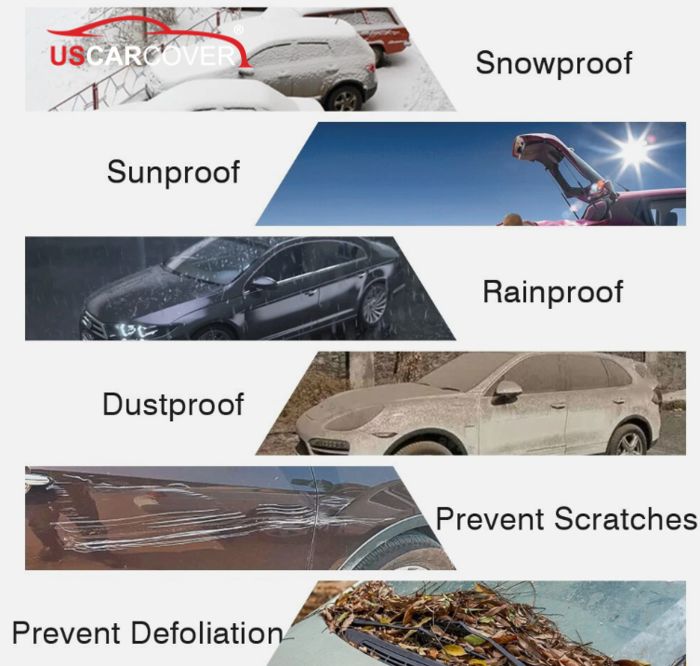
A few companion habits matter. Before covering, flick off larger debris with a clean microfiber towel and give the liner a light shake to drop accidental dust. When removing, lift and fold in sections rather than pulling sideways along the flanks. These small motions are the bridge that turns the idea of “scratch resistance” into real, daily protection.
Related Articles: Fiat car cover: Should you choose Full cover or half cover for Fiat
UV protection: safeguard Nappa leather, wood trim, and other sensitive cabin surfaces

Heat and UV are the duo that ages interiors fastest. Sunlight through glass makes plastic, vinyl, and leather expand and contract repeatedly, natural oils in Nappa leather evaporate, and wood surfaces lose depth and color. In Sun Belt states, a few hours of midday parking several times a week can equal a month of scattered exposure. The visible results are a scorching steering wheel, seats losing plushness and showing dry creases, wood or natural fiber veneers losing sheen, and matte-black edges going chalky.
A true UV resistant car cover protects on two levels: it reflects a large portion of solar energy at the outer skin and casts shade on glass and roof, while still allowing vapor to escape. When the cover’s outer surface is finished to bead water and roll it off, it does not behave like a moisture-locking plastic sheet yet meaningfully cuts absorbed heat. You feel the benefits on day one: no more “oven blast” when opening the door, a cooler steering wheel, quicker relief at the seats and dash. Over time, Nappa leather retains moisture better, the wood grain stays crisp, and plastics resist early chalking. By disrupting the cycle of repeated sun and heat, the cover makes the interior age much more slowly.
Related Articles: Ferrari Car Cover: Custom-fit, scratch-resistant, breathable, safe for paint
Heavy rain, deep snow, and trapped moisture: manage water correctly to avoid spotting
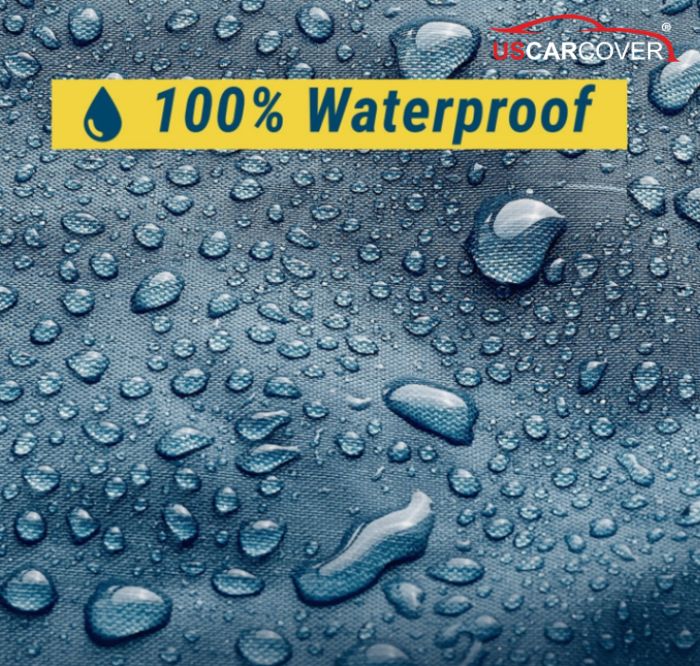
If UV “burns,” trapped moisture “soaks.” After heavy rain, mineral-laden water pressed between liner and paint or glass leaves mineral rings, most visible on panoramic glass and the large windshield. Days of continuous rain or overnight snow make day-night temperature gaps larger, pushing vapor to dew point and causing condensation if the cover’s fabric is too sealed. That creates a damp greenhouse between liner and surface, leading to musty odor and possibly light corrosion at metal edges or fastener bases. In coastal areas, hygroscopic salt extends the problem.
An outdoor Genesis car cover must therefore be breathable. A micro-porous construction allows vapor diffusion outward, while the outer face beads water so rain rolls off rather than soaking the fabric. If you let the vehicle surface dry before covering and air-dry the cover if it gets wet before storing, this sustained dry cycle keeps the inner side clean and prevents stubborn mineral spotting. In snow season, a breathable full cover with underbody anchoring and a proper drop envelopes the body, limiting ice contact on glass and large panels. In the morning you spend less time scraping and start the day more smoothly.
Related Articles: Bentley car cover: luxury, quality, finesse even while the car is covered
Custom fit for G70, G80, G90, GV70, GV80, GV60: different shapes, shared criteria
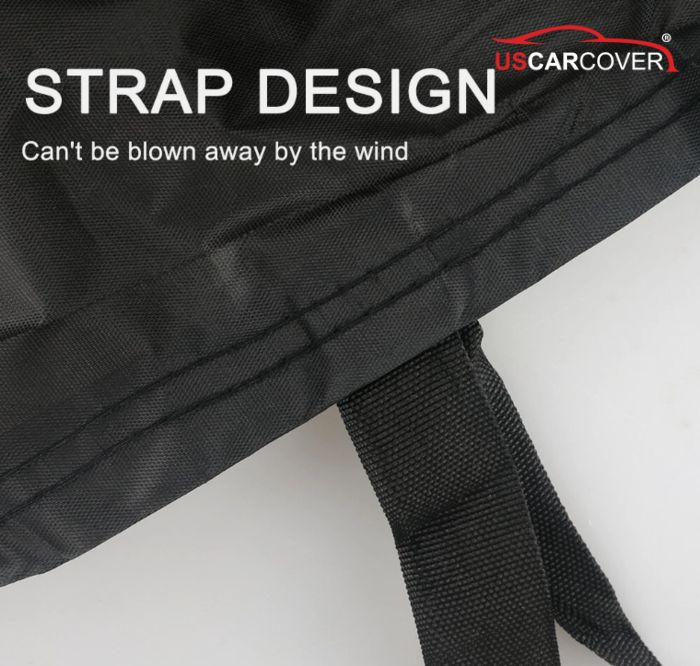
The Genesis lineup is diverse: G70 with a low stance and pronounced hips, G80 with balanced elegance, G90 with an optional matte finish that needs special care, GV70/GV80 with tall bodies and large panoramic glass, GV60 as an EV with seals and edges sensitive to moisture and fine dust. Each silhouette needs its own “tools.” A custom fit Genesis car cover must account for mirror pocket placement, tail drop, arch hugs, panoramic glass curvature, and body height. When the form matches the body, the cover achieves aerodynamic stability, avoiding puffing at the A-pillars, glass edges, and roof tail. The soft liner lies still and stays safe for paint, including matte finishes that are not polished in the usual way.
For an indoor Genesis cover in a garage, the focus is ultra soft liner and light weight to fight fine dust and incidental bumps from foot traffic. For an outdoor Genesis cover, priorities shift to UV resistance, breathability, water beading, underbody straps, and soft hems to hold steady in wind. In general, “one size fits all” is the compromise that makes you quit because it is hard to use. “Right form, right shape, right habit” is the key to daily consistency.
Related Articles: Dual-Ghia car cover for long-term storage: quick-dry, no musty odor, no soft-top mildew
Materials and finishing: ultra soft liner, recessed seams, soft hems, and a beading outer skin
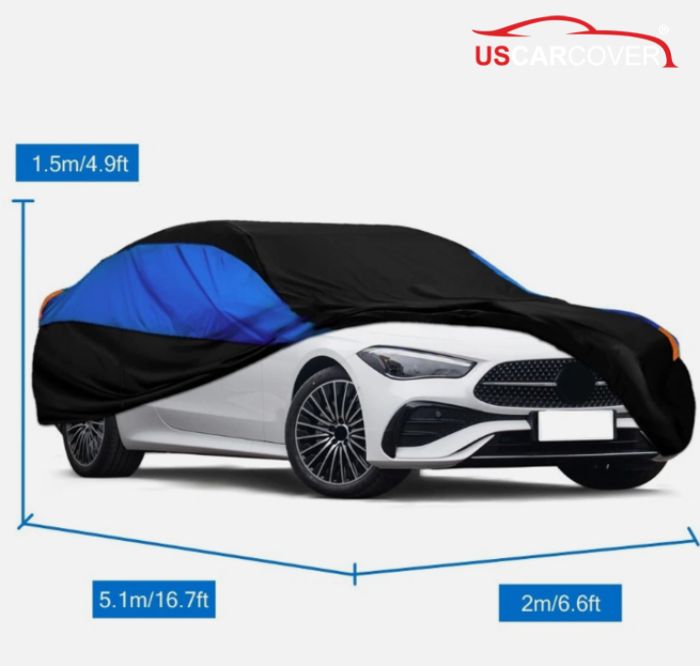
A scratch resistant car cover starts with the liner. A good liner feels velvety, does not bleed dye when damp, and does not stiffen with age. On a Genesis it touches gloss paint, matte paint, chrome trim, panoramic glass, and reflective decals. A single proud ridge at a seam or hem can “print” over time if the cover moves in the wind. That is why recessed stitching and soft hems are non-negotiable. On the outside, the trio of UV resistance, water beading, and breathability is mandatory so you block sun and rain effectively without turning the cover into a moisture trap.
Do not forget reinforcement at load points such as underbody anchors, strap adjusters, and arch-hugging hems. These help the cover hold its shape after many seasons. Regarding “thickness,” experience shows that heavy fabric without breathability often protects worse than a smart construction with balanced fiber density that lasts and breathes. Across varied U.S. climates, a structure that vents moisture while the outer face still beads water is the “secret” to a cleaner car and fewer mineral marks.
Related Articles: How To Protect Your Eagle: Compact tools that matter in your car
Optimize the experience: from compact handling to a cabin that stays comfortable
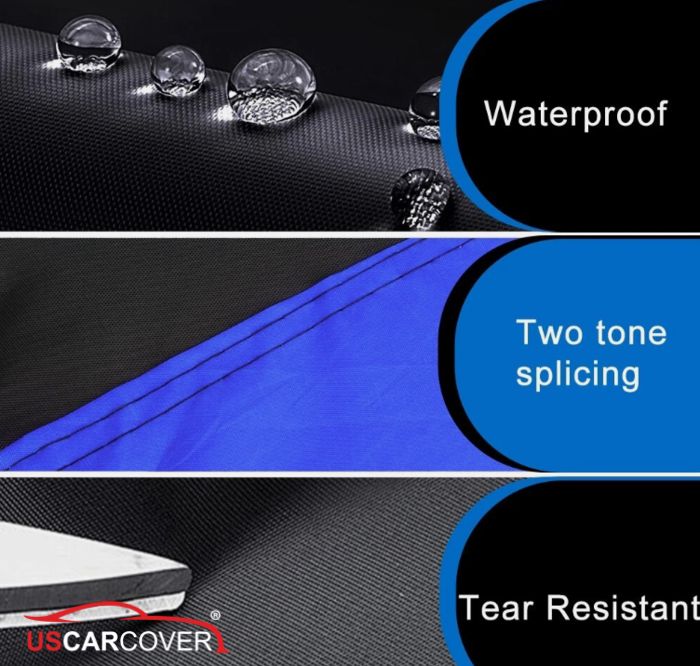
A compact Genesis car cover uses smart reference points to shorten the workflow: a clearly marked nose, accurate mirror pockets, elastic hems, a natural tail drop, and firm underbody straps. Once you are familiar, the motion is smooth: set the nose, align mirrors, let the fabric fall, secure. When the cover folds compactly into a breathable bag, the sense of “bulky” that makes you avoid daily use simply disappears.
Cabin experience improves immediately. At midday, shade over glass and roof lowers cabin temperature noticeably, and the wheel and seats are no longer scorching. On cold mornings, the air buffer between cover and surface reduces heat loss, so the cabin no longer feels like a freezer. This “temperature” benefit runs alongside the “surface” benefit, making the covering habit truly worthwhile. Once it feels light and familiar, covering and removal take less time than searching for a rare shaded spot.
Long-term math: lower appearance costs, higher resale value
Consider the numbers. If a Genesis car cover helps you skip one or two emergency washes per month because vertical fallout was blocked, widen the interval for polishing or Nappa leather conditioning, and cut mineral spotting on panoramic glass, then over 12 to 24 months, total aesthetic costs clearly drop. Beyond that, keeping paint and interior in good condition raises resale value when you move on. With high-end models like the G90, each retained percentage point is significant. Do not forget time. Skipping heavy morning scraping, avoiding long midday venting, and saving a few minutes a day adds up to hours over a season. Psychologically, stepping into a cool, clean cabin also makes you drive more focused and comfortably.
Related Articles: How to Protect Datsun from Harsh Sun and UV: keep paint and interior looking new
Where to buy a quality Genesis car cover

If you want to start a daily covering habit without worrying about online ordering risks, US Car Cover is a solid destination to consider. The company highlights shopper-friendly policies such as Free Shipping, a 30-day money-back guarantee, safe shopping, and online support, which are reassuring for first-time car cover users. Operationally, US Car Cover states that it has direct manufacturing and a California warehouse, which helps with inventory readiness and timely fulfillment. This makes order handling more predictable across the continental United States.
Shipping information indicates free shipping eligibility within the 48 contiguous states. Orders below the threshold will display the appropriate charge at checkout by ZIP code and city, and the company outlines daily cut-off times so you can plan your purchase. Contact details are transparent, including an office address in Buena Park, California, along with email and phone support, so you can easily get pre-sale advice and after-sale assistance.
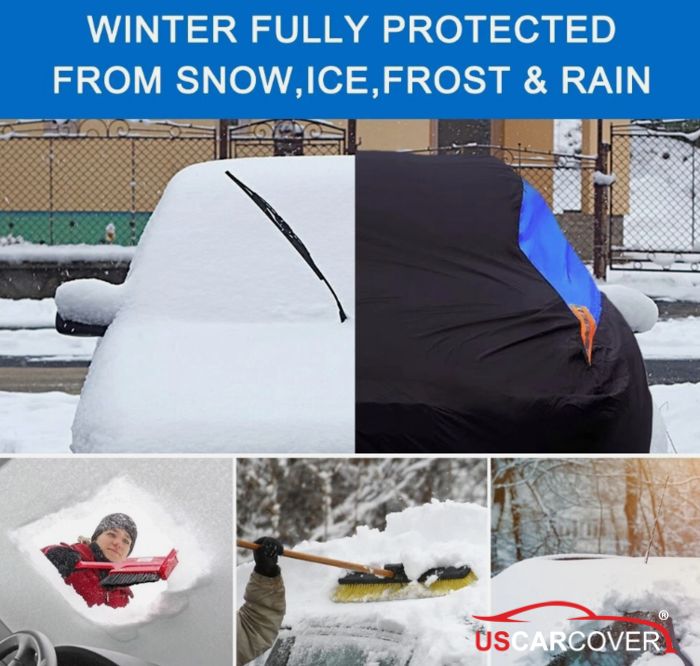
Product pages emphasize attributes that matter to Genesis owners: custom fit by model and year, UV resistance, water resistance, breathability, underbody straps and buckles for outdoor stability, plus ultra soft indoor covers for garages. This is a technical foundation well suited to protecting gloss or matte paint, Nappa leather, and wood trim across U.S. climates
To “extend vehicle lifespan by blocking dust, leaves, UV, and heavy rain,” you do not chase a single feature. You build a system of four pillars: an ultra soft liner so micro contact does not become scratches; custom fit to kill wind-driven flutter; breathable fabric to manage moisture correctly; and a water-beading, UV-reflective outer face that rejects energy and water at the surface. When these four pillars meet a tidy daily habit, your Genesis keeps clear-coat depth, Nappa softness, crisp wood grain, and a cooler cabin. Worries about dust, leaves, UV, and heavy rain turn into peace of mind. You pull the cover down and smile because the car still looks day-one fresh, ready for every drive.
